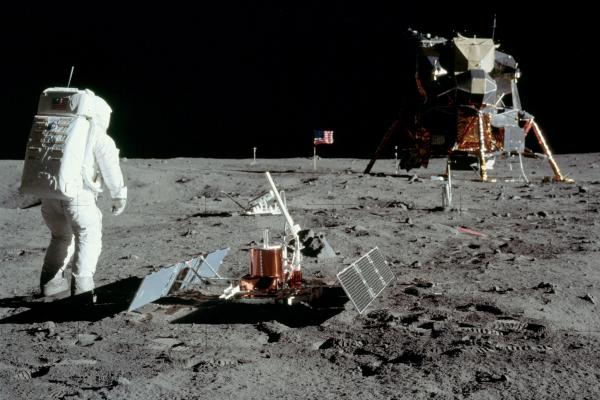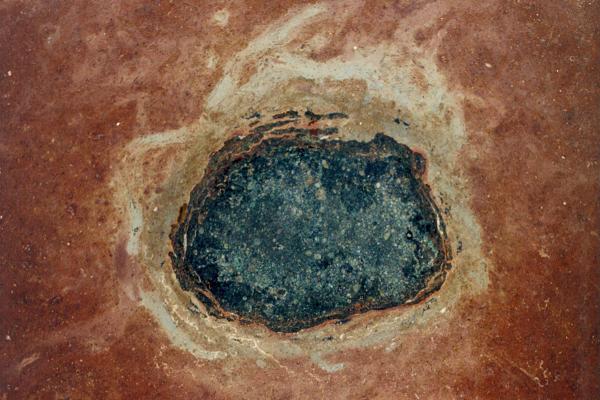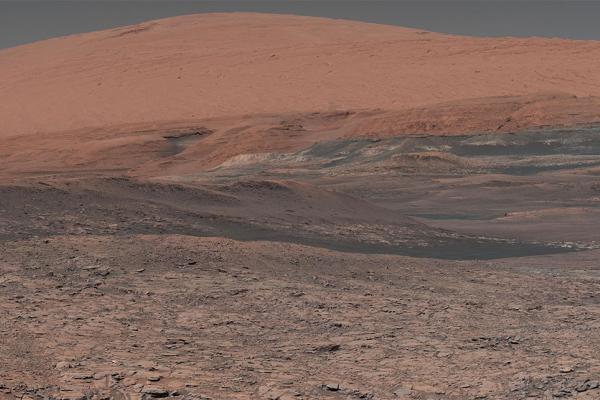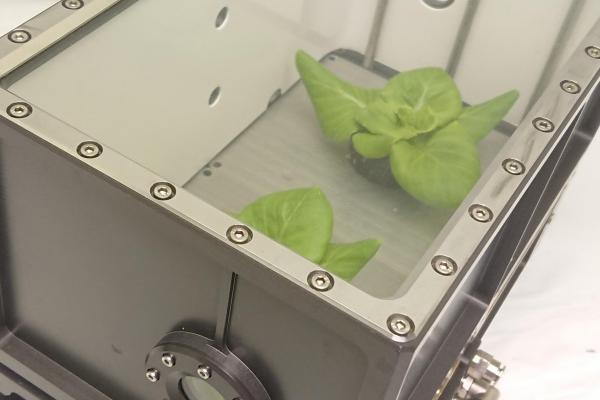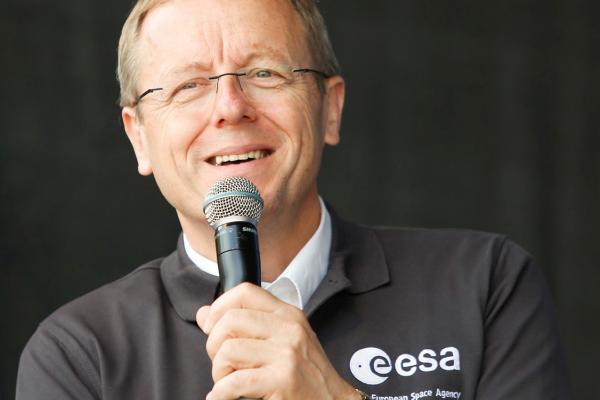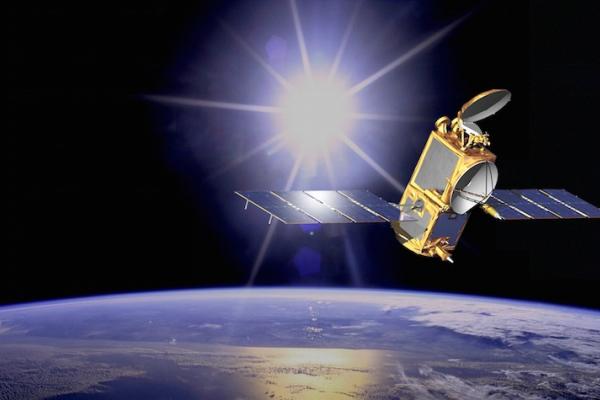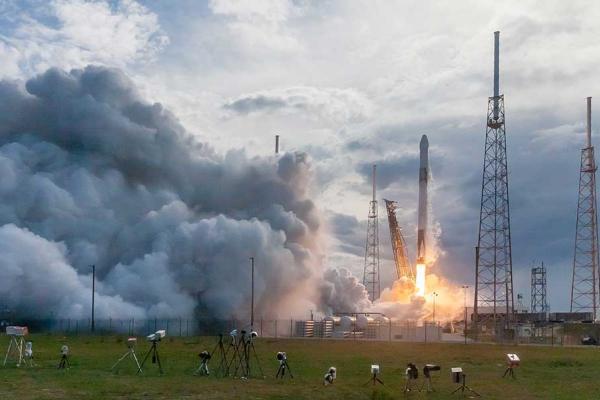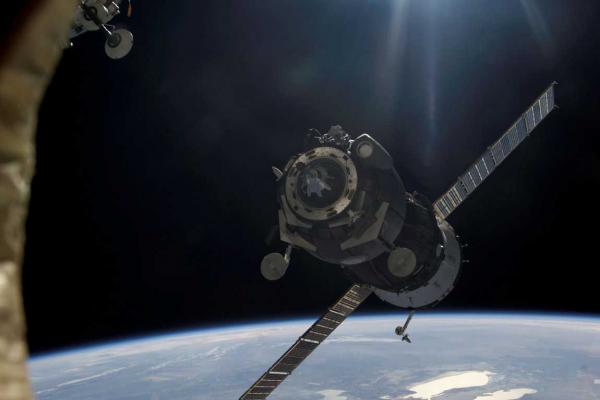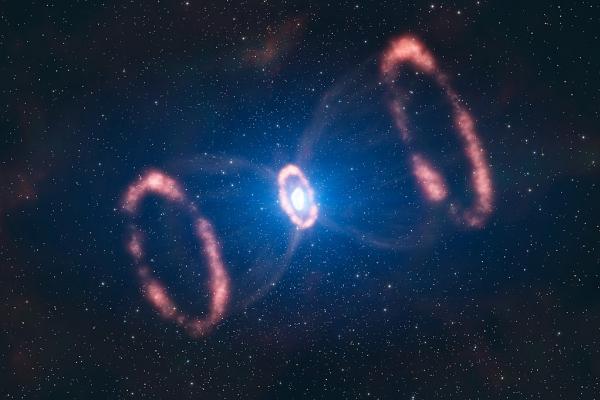Eavesdropping on the shudders and groans echoing deep inside alien worlds like Mars and the moon is revealing what lies far beneath their surfaces and could teach us more about how our own planet…
To be a meteorite hunter means to search for the unutterably rare. On any given patch of land the size of Wales, an average of two olive-sized space rocks will fall in a year. Scientists and…
In our continuing search for other life in the universe, one place has always looked promising – Mars. It is a rocky planet like Earth, orbiting the same star, and at a distance where water could…
If humans are to travel to distant destinations in space like the moon or Mars, they’ll need ways to live for long periods of time. And one of the key challenges of that includes how to have safe…
Human spaceflight is dangerous, but worth the risk, according to Jan Wörner, the Director General of the European Space Agency (ESA). But even so, there are limits – like Mars. Robots, as proxies for…
Developing new propellants for satellites to replace toxic hydrazine would make launching and handling satellites safer but it also requires disrupting current systems, according to researchers.
The race is on to develop a European reusable rocket that can ensure Europe's autonomous and cost-effective access to space while increasing the sustainability of launches.
If you want to build or fix something in space, you might think you’d need a human to do it. But what if you didn’t? What if robotic spacecraft could be used to refuel satellites in orbit, add new…
We need to improve how we keep track of objects in space and predict where they will go in order to avoid collisions in Earth’s increasingly crowded orbit, according to Dimitra Stefoudi, a space law…
When a massive star reaches the end of its life, it can explode as a supernova. But there’s a unique type of supernova that’s much brighter that we’re just starting to understand – and which may…





